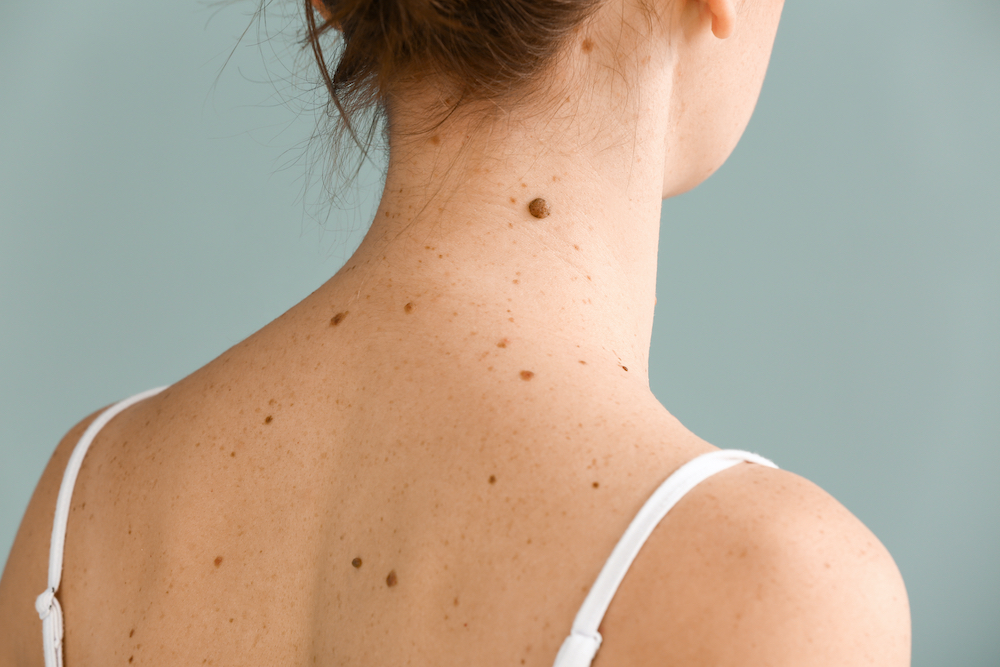Do You Need a Mole Removed? Here’s What to Expect

Receiving the news that your doctor wants to remove a suspicious mole can be frightening. You may have many questions about what to expect during the removal process and what to lookout for after the removal is complete. At Buckhead Dermatology, our board-certified dermatologist has extensive experience working with patients who have suspicious moles. She understands that the news can be stressful; however, she makes it easier by ensuring that her patients understand the process every step of the way. In many cases, early detection of abnormal moles can result in successfully treating even the most serious types of skin cancer.
How do you know if your mole needs to be removed? Will I need a biopsy? Read on to learn more about what patients can expect during their skin cancer screenings and mole removals at Buckhead Dermatology.
Your Annual Skin Check
Regular skin cancer screenings are one of the best preventative measures you can take to identify any suspicious growths or changes in moles that could indicate skin cancer. Do not skip your annual skin checks with your dermatologist. During these quick appointments, your doctor will perform a head to toe skin check to identify any new or abnormal changes in moles. This information will be compared to results from your previous skin check, so you can stay on top of new or developing changes in your skin.
If your dermatologist identifies a mole that appears abnormal, it will be examined visually using a special magnifier that will allow your doctor to see the details of the mole. Your dermatologist will be looking for certain signs that a mole may be cancerous. Some things your doctor will be looking for include:
- Asymmetry, moles that are not evenly shaped
- Borders, that are irregular or fuzzy
- Color, that is uneven or has a red, white or blue outline
- Diameter, larger than a pencil eraser
- Evolving, change in size, color or shape quickly
The Mole Removal Process
Suspicious moles will be biopsied by your dermatologist, meaning that either all or part of the mole will be removed and sent to a laboratory for testing. The specimen is put under a microscope to determine if cancer cells are present.
Many people are concerned that the mole removal process is painful. In most cases, it is quick and painless. Your doctor will apply a numbing shot or other numbing agent to the area before beginning the removal. A small scalpel will remove the portion of the mole quickly. In cases where a larger portion of the mole is removed, a stitch may be required. The area will be covered with a bandage to help promote healing and prevent infection. This process generally takes several minutes; however, for larger moles or hard to reach areas, the process can be longer.
In most cases, the area will heal very quickly. If the mole was large or in a difficult to reach area, the recovery process could take longer. Keeping the area covered and clean is key to helping prevent infection and promote fast healing times.
Some people are also concerned that they will be left with a scar. Moles reach into the dermis layer of the skin. When this layer is compromised, the wound will heal, leaving a scar. In most cases, the scar is very small and unnoticeable. In order to protect your scar from darkening, it is important to wear an SPF to prevent hyperpigmentation.
After the Removal Process
The laboratory will contact your doctor within several days to let them know the status of the lab results. If the mole tissue is determined to be cancerous, you will work closely with your doctor to develop an effective course of treatment.
Buckhead Dermatology has extensive experience in treating cancerous skin tissues and can be your trusted partner throughout the process. Contact our Atlanta dermatology office today if you have a mole or other skin abnormality that is causing you concern.
Board-certified dermatologist Dr. Straughn can provide you with a full-body skin screening to identify any areas of concern. She can then recommend if a mole needs further testing and perform a biopsy if required. Contact Buckhead Dermatology of Atlanta and College Park today to schedule your skin cancer screening.
If you have any questions about the process, our doctor is happy to address all of your concerns. For additional information, read the following articles:
4 Types of Skin Cancer to Know About
What to Expect During an Annual Skin Check
